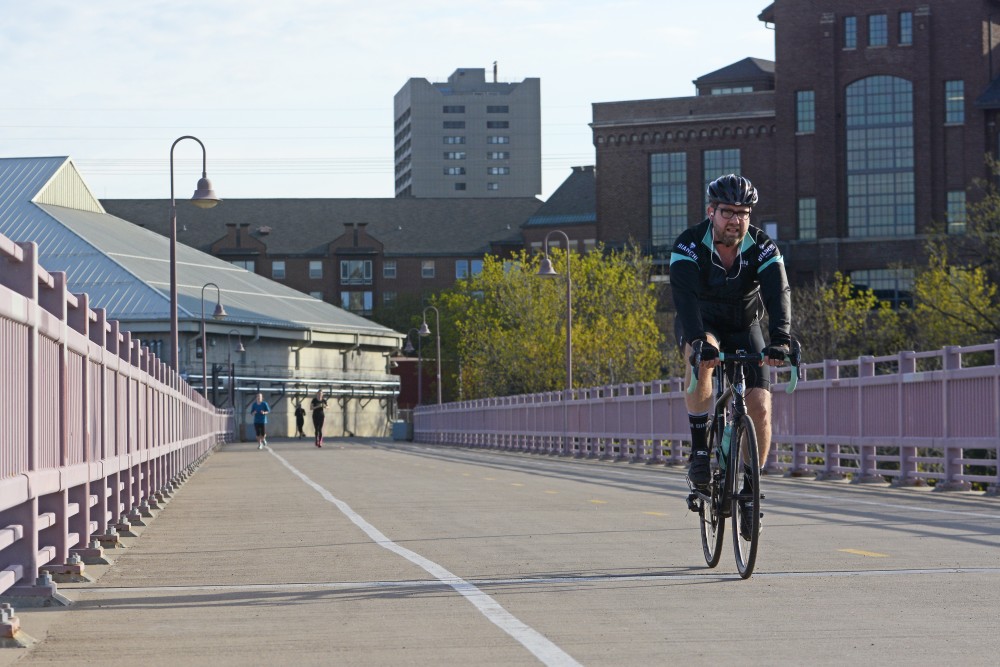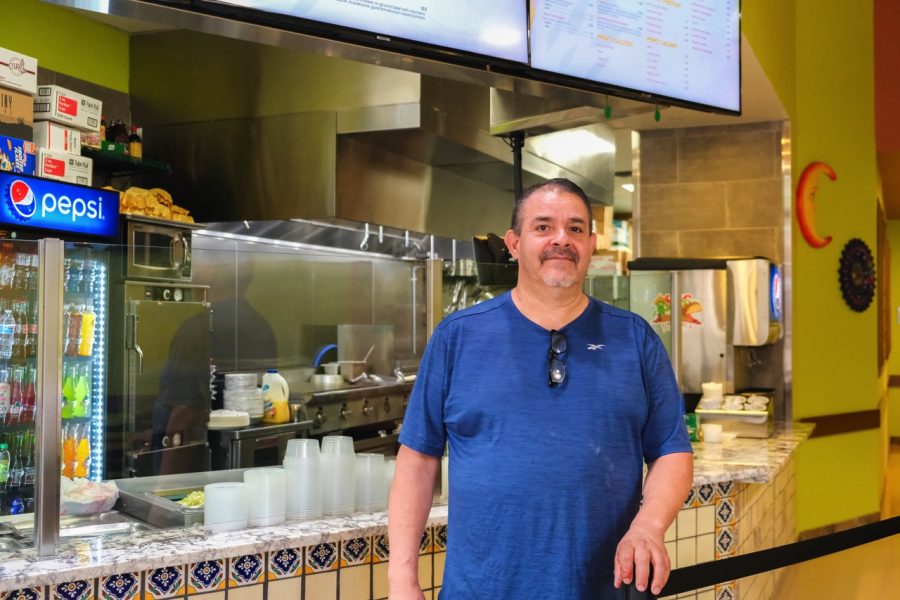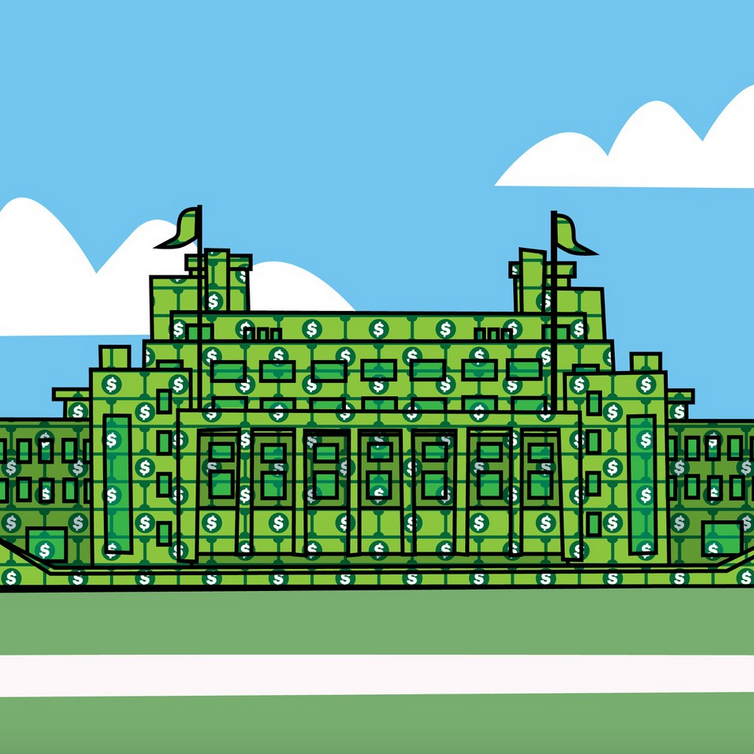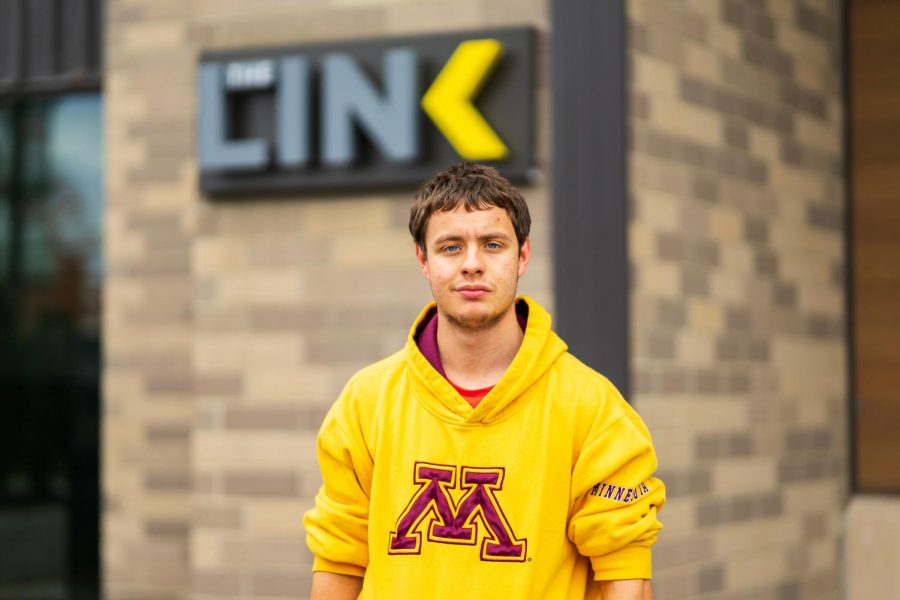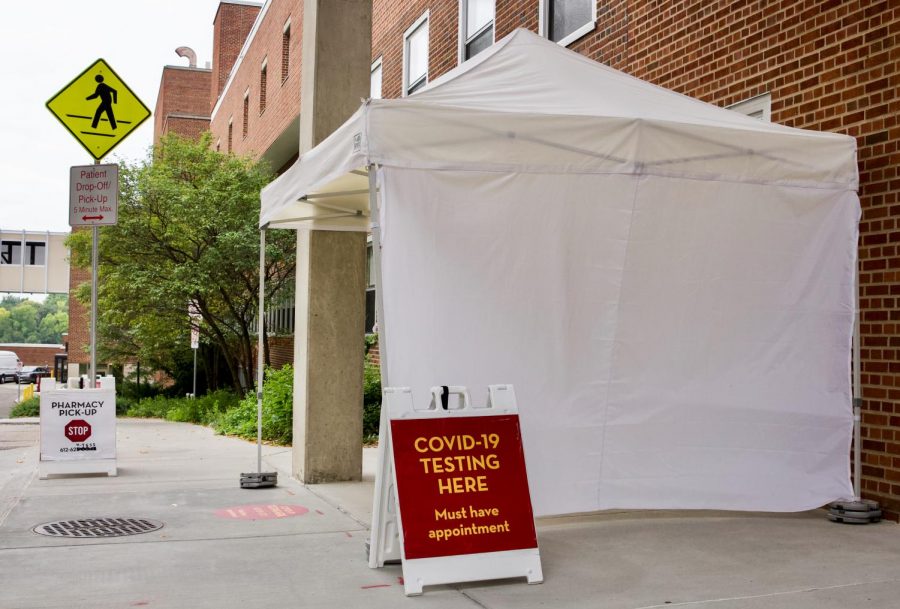On any given day, more than a thousand bikers zip across the Washington Avenue Bridge.
The bridge is one of the busiest spots for bikers in Minneapolis, which is considered one of the nation’s top biking ciites. The University of Minnesota is one of the city’s busiest biking hubs.
The University’s Parking and Transportation Services department started a ZAP biking incentive program to boost biking on campus. The department also does annual bike counts to track campus biking trends – which has seen a steady increase in biking’s popularity since 2011.
The ZAP program has more than 4,500 bikes registered and 20 scanners to track cyclists.
Biking traffic follows typical work commutes, said Steve Sanders, Parking and Transportation Service’s alternative transportation manager.
“It follows the kind of rush hour for cars,” he said. “You get the surge in the morning … then you get another big slug of people leaving at four or five.”
The ZAP program’s tracking shows the busiest places on campus include the Washington Avenue Bridge, Harvard Street near superblock and 15th Street near the Donhowe building.
Sanders said these areas’ popularity comes because they are natural entrance points to campus.
In 2016, PTS counted 8,684 bikes on campus, up from 6,900 in 2011. Advocates say efforts to add protected bikeways around campus and other strategies that attract more bikers should continue the trend.
In 2015 the bike count stayed flat, mirroring a city-wide trend, Sanders said. He said it was probably an anomaly – biking had a 7 percent growth in 2016 – but new housing near campus could add bikes to campus.
The University is the densest area for biking in the entire state, and the bike-friendly neighborhoods surrounding the campus play into this, said Ethan Fawley, executive director of the Minneapolis Bicycle Coalition.
Since 2000, biking has almost tripled in the city, he said.
In the future, Fawley said it will be important for the city to match bike parking to rising demand.
“It’s a good problem to have,” he said. “I don’t think there’s any reason to think there wouldn’t be continued phenomenal biking growth at the University.”
Jessie Bekker contributed the data analysis and visualization to this report.


